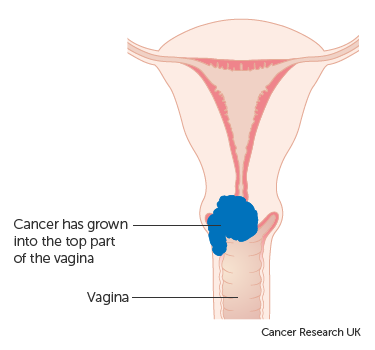Expression of P16 biomarker in squamous cell carcinoma of uterine cervix and its association with clinico-pathological parameters: A cross-sectional study
DOI:
https://doi.org/10.15419/bmrat.v7i9.626Keywords:
Cervix, clinico-pathological parameters, P16 biomarker, squamous cell carcinoma of cervixAbstract
Introduction: Cervical cancer is the most common cancer among females. P16 is the surrogate marker for cervical carcinoma. This study aimed to evaluate the association of P16 marker with clinic-pathological parameters in squamous cell carcinoma of uterine cervix.
Methods: This was a cross-sectional study. Histological confirmed cases of squamous cell carcinoma (SCC) of cervix were considered. All cases were evaluated for IHC P16 expression as per lower anogenital squamous terminology (LAST) criteria and correlated with clinico-pathological parameters. The data was analyzed by SPSS software version 22.
Results: Out of 75 cases, P16 biomarker expression was block positive, ambiguous and negative in 67 (89.3%), 5 (6.6%), and 3 (4%) cases, respectively. There was a significant association between P16 expression and age (p = 0.005). All cases between 30-59 years of age showed block positivity. There was no significant association between P16 expression and age at marriage (p = 0.951), age at menopause (p = 0.311), parity (p = 0.554), clinical symptoms/signs, stage of disease (p = 0.28), or histopathological grade (p = 0.877). Maximum expression was seen between 40-44 years. Moreover, all cases having 1 & 2 parity showed block positivity and all stage I cases showed block positivity.
Conclusion: P16 biomarker was significantly expressed in cervical cancers of the relatively younger age group and those with early stage of disease.

Downloads
Published
Issue
Section
License
Copyright The Author(s) 2017. This article is published with open access by BioMedPress. This article is distributed under the terms of the Creative Commons Attribution License (CC-BY 4.0) which permits any use, distribution, and reproduction in any medium, provided the original author(s) and the source are credited.
